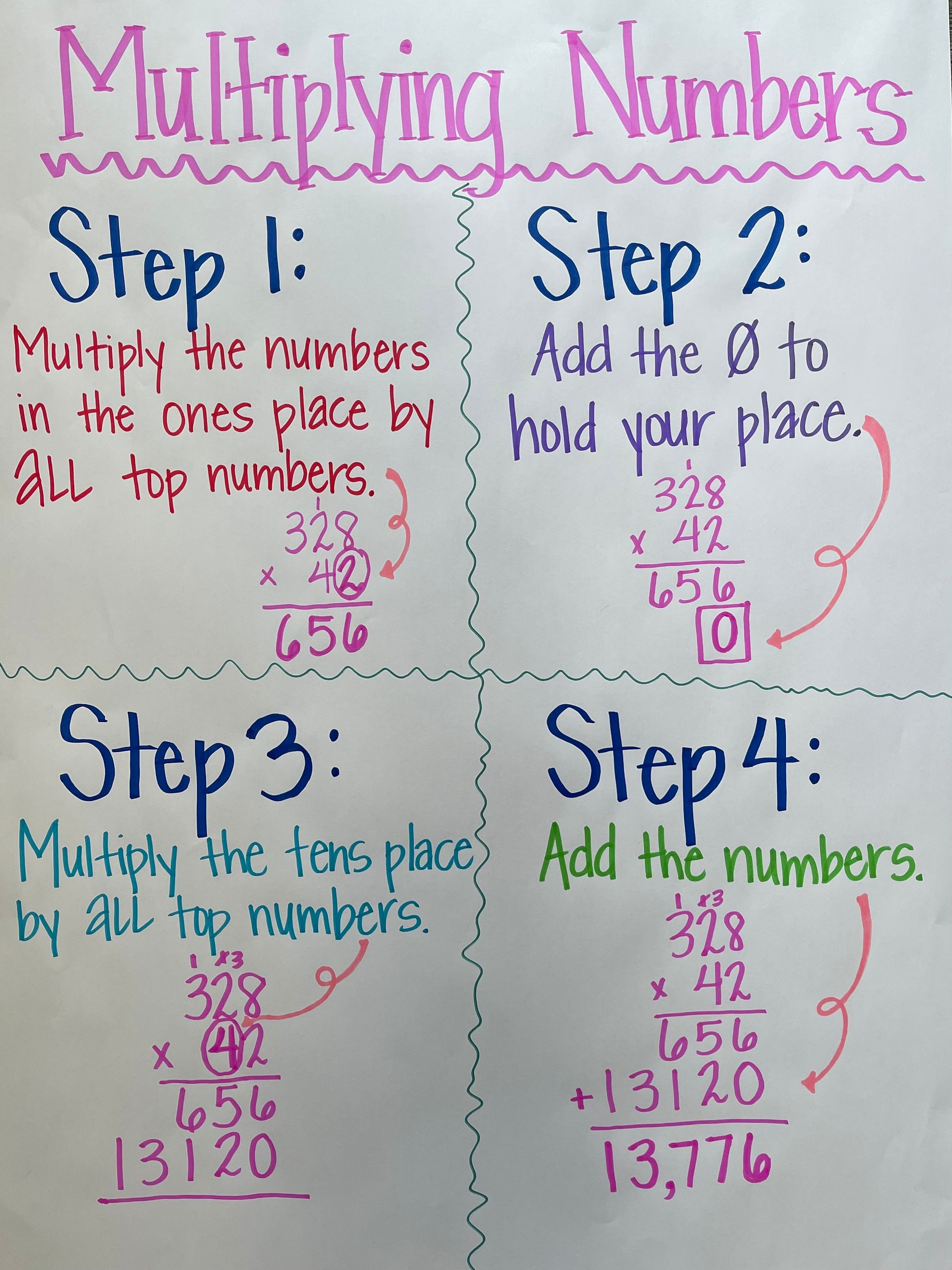Mastering Decimal Multiplication: A Comprehensive Anchor Chart Guide
Are you struggling with decimal multiplication? Do you find yourself constantly making mistakes with decimal points? You're not alone! Many students and even adults find decimal multiplication challenging. But fear not! This comprehensive guide, complete with anchor charts, will help you master this essential mathematical skill. We'll break down the process step-by-step, providing clear explanations and practical examples.
Why Understanding Decimal Multiplication is Crucial
Decimal multiplication is a fundamental skill with broad applications in everyday life, from calculating grocery bills to determining the area of a room. A strong grasp of this concept is essential for success in higher-level math courses and various professional fields. Mastering it now will save you time and frustration later.
The Foundation: Understanding Decimals
Before diving into multiplication, let's ensure you have a solid understanding of decimals. Decimals represent parts of a whole number. The decimal point separates the whole number from the fractional part.
-
Place Value: Remember the place value system. Each digit to the right of the decimal point represents a decreasing power of ten (tenths, hundredths, thousandths, etc.).
-
Representing Decimals: Decimals can be represented in various ways: as fractions (e.g., 0.5 = 1/2), as percentages (e.g., 0.5 = 50%), and visually using models like grid diagrams.
Decimal Multiplication: The Step-by-Step Process
Now, let's tackle decimal multiplication itself. The process is similar to multiplying whole numbers, with one crucial difference: dealing with the decimal point.
1. Ignore the Decimal Points: Initially, ignore the decimal points in both numbers and multiply as you would with whole numbers.
2. Count the Decimal Places: Count the total number of decimal places in both the original numbers.
3. Place the Decimal Point: In the product (the answer), count from right to left the number of decimal places you identified in step 2 and place the decimal point.
Example:
Let's multiply 2.5 x 1.2
- Ignore decimal points: 25 x 12 = 300
- Count decimal places: 2.5 has one decimal place, and 1.2 has one decimal place, for a total of two decimal places.
- Place decimal point: Starting from the rightmost digit in 300, count two places to the left. The answer is 3.00 or 3.
Anchor Charts for Success:
Visual aids are incredibly helpful in mastering decimal multiplication. Here's how you can use anchor charts:
-
Create a Chart: Develop a chart that visually demonstrates the steps involved in decimal multiplication. Include examples with varying numbers of decimal places.
-
Use Color-Coding: Use different colors to highlight the decimal points and the placement of the decimal point in the final answer. This makes the process more intuitive.
-
Include Real-World Examples: Incorporate real-world examples alongside the mathematical problems. This helps students see the practical application of the skill.
(Insert image of a sample anchor chart here. This should be a visually appealing chart showing the steps clearly.)
Practice Makes Perfect
The key to mastering decimal multiplication is consistent practice. Start with simple problems and gradually increase the difficulty. Use online resources, workbooks, and practice problems to build your skills and confidence.
Additional Resources:
For further assistance, consider exploring these resources:
- Khan Academy: Offers excellent video tutorials and practice exercises on decimal multiplication.
- IXL: Provides interactive learning activities and assessments on decimal multiplication.
Conclusion:
Mastering decimal multiplication is achievable with a systematic approach and consistent practice. Utilize the strategies and anchor charts outlined in this guide to build your understanding and confidence. Remember, practice is key! By following these steps and utilizing the helpful resources provided, you’ll be multiplying decimals like a pro in no time.

